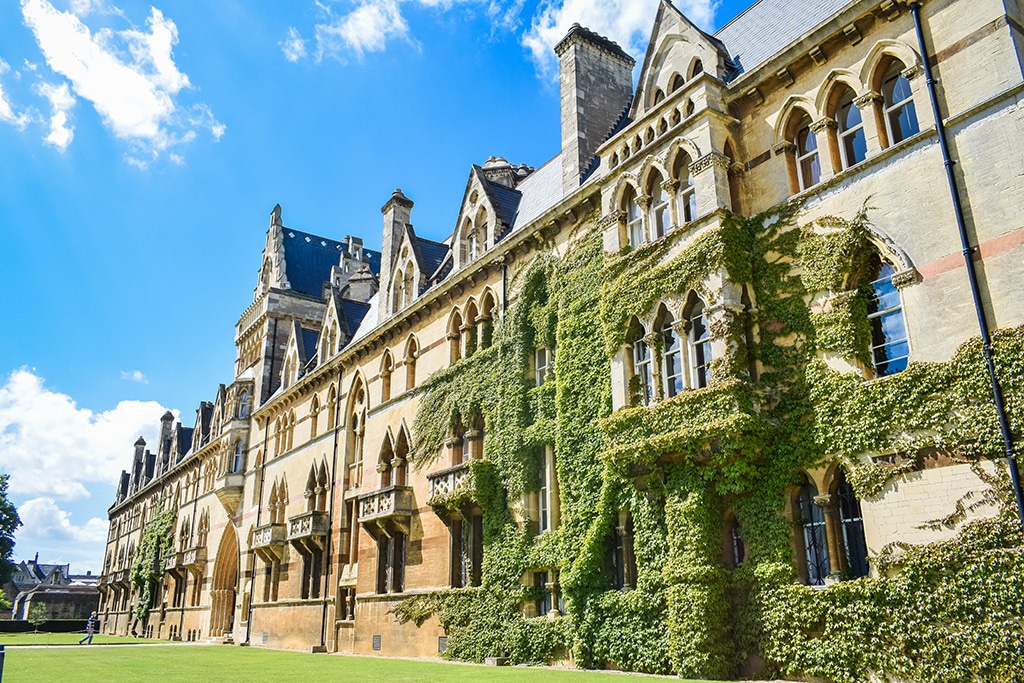Can Timber Windows Be Double Glazed?
When it comes to timber windows, their design is perfect for all buildings, particularly period or listed ones, thanks to their unique charm and elegance. Because of this link with heritage properties, there is sometimes uncertainty around whether timber windows can be double-glazed, without this affecting their overall look or the integrity of their structure.
In this blog, we will consider the benefits of double-glazed timber windows, to help you make an informed decision on whether they’re the right choice for your project.
Timber Windows: The Natural Choice
Wooden windows are a highly popular choice, thanks to their versatility, history, character and unique finishes. However, many people worry about the practicality of timber windows versus uPVC double-glazed windows and aluminium windows. Wood is naturally a fantastic insulator, thanks to its low heat conductivity, making it highly efficient, and is also very low maintenance, removing the need for concern.
Timber windows are also the natural choice when it comes to the environment, thanks to their sustainable qualities, meaning you are also helping to do your bit for the environment. At Ventrolla, our exclusive range of timber window products is sourced from environmentally responsible sources. With the built environment accounting for 40% of global CO2 emissions[1], this is more vital than ever to consider.
The Benefits of Double Glazing Timber Windows
Now that we’ve established that double-glazing timber windows is a possibility, we can consider the benefits that wooden windows can offer your home.
It’s well-known that double glazing will help to reduce your overall household energy consumption, thereby reducing the cost of your energy and heating bills. Timber windows have an added advantage when it comes to energy efficiency, thanks to the natural heat retention attributed to wood. This combination will work together to ensure minimum heat loss from your home via your windows, keeping you warm in the winter and cool in summer.
Not only will double-glazed timber windows increase thermal efficiency, but they can also help to reduce noise transmission thanks to their acoustic insulation qualities. Ideal if you live in a busy area or near a main road.

The Double Glazing Process for Timber Windows
If your windows are being renovated rather than being installed brand new, we will carry out an initial assessment to evaluate the suitability of your timber windows for double glazing. It’s vital that all measurements are exact and tailor-made for the glass panes to achieve a perfect fit, and ensure maximum energy efficiency and minimum transfer of heat.
The process has six main steps. Let’s take a closer look:
1) Initial consultation
2) Comprehensive estimate
3) Design is created
4) Installation takes place
5) Aftercare is available
6) Minimum five-year guarantee (subject to terms)
Renovating your existing timber windows can eliminate issues such as draughts, ensure that your windows are compliant with the latest Building Regulations, and can be a great way to increase your property’s value.
Considerations for Double Glazing Timber Windows
Although double-glazing old windows is definitely possible and recommended as a great option with today’s ever-rising energy bills, there are a number of elements that need to be considered during the process.
The first of these is structural integrity; the timber itself and the window frame design in which its set needs to be assessed, to address any concerns regarding the impact of the panes of glass on the timber frames themselves.
The second is proper ventilation. It’s vital that trickle ventilation is considered in the double glazing installation, to ensure proper airflow for health as well as energy benefits.
The next consideration is the building itself, particularly in the case of period or listed buildings. If the building is heritage, it’s important to consider the suitability of double glazing and how it’s used to ensure the aesthetic authenticity of the building is preserved.
Lastly, aside from the windows themselves, the actual installation is something that should be carefully considered, as even the best windows won’t perform as well if they’re not properly installed. With Ventrolla, our work as your installer is guaranteed for at least five years, giving you peace of mind.
Double Glazing Windows FAQs
- Can any timber window be double-glazed?
Most timber windows can be double-glazed, but each window will need to be assessed initially to determine its suitability, which is decided by a number of factors such as the structural integrity of the frame materials, and the type of building itself.
- Will double glazing affect the aesthetic appeal of timber windows?
So long as the double glazing is fitted well and the frames are suitable, there should be no issue with affecting the aesthetic appeal of your timber windows.
- What is the cost of double-glazing timber windows?
As per your individual requirements, our expert team will put together a bespoke quote, personalised to your needs. Depending on the work required, prices will differ.
- Can I retrofit double glazing to existing timber windows?
If you want to renovate existing timber windows by adding different styles of double glazing, get in touch with our team. We will be able to discuss this with you in more detail and provide a quote before our team carry out an assessment onsite to ascertain whether your existing windows are suitable.
Timber Windows and Doors, Harrogate, Yorkshire, England, UK
At Ventrolla, we offer different styles of high-quality timber sash windows, timber casement windows and timber doors, as well as a timber windows renovation service and secondary glazing made from premium materials. To find out more or to receive your free, no-obligation survey, call us on 0808 2536 607, email us, or contact us online today, to take your first step towards new windows or replacement windows.
